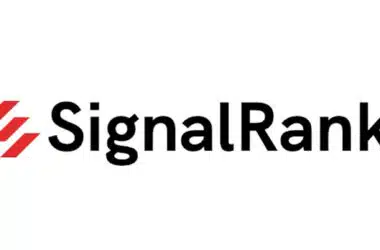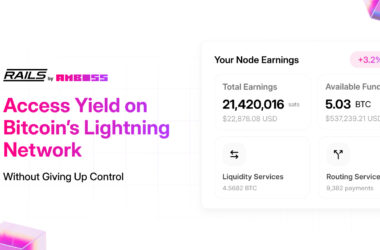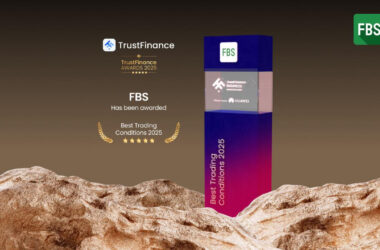Table of Contents
What is The Right Time to Invest?
What is the right time to invest, is one of the top searches on Google for 2020. People interested in investing their savings are looking for tips on how to invest their savings. So what is driving this increased search for the right time to invest? Well, the answer is that people who have got savings are interested in investing but they are not sure about when and how to invest.
The global environment right now is such that there is a lot of uncertainty. No one can at this point in time predict the short term future. Are the vaccines going to be successful? Are the vaccines going to make the world go back to how it was before the pandemic struck? There is no clear pathway ahead and this creates uncertainty.
Well, if you are an amateur investor then you must understand that “timing” is not really important when it comes to investment. Yes, this may shock you but knowing when to invest is not as important as knowing how to invest.
You can always invest if you know how to invest. You can invest when the markets are high and you can also invest when the markets are low. Smart investors such as Warren Buffet have a mantra of buying low and selling high.
So what are the other factors that also weigh-in, when it comes to making the important investment decision?
Risk Appetite
Risk appetite refers to the willingness and ability of the investor to take on risk. There are two types of risk appetites, namely
- Risk Averse
- Risk Seeking
Risk-averse investors like to keep their risk minimised, they are cautious investors who never expose their portfolios too much to risk. They like to invest in low risk or risk-free securities.
Risk seeking investors are those who seek out risky investment ventures in search of high returns. Such investors like to experiment and are also the ones willing to invest in startups and other risky areas due to the potential for high reward.
At this point, it is important to understand that a risk-reward relationship exists between the level of risk and the level of reward. The higher the risk the higher the reward becomes, this is why junk bonds carry a high rate of return. Whereas low risk is safer but it carries a lower reward, which is why treasury bonds are usually considered as risk-free securities.
Risk, however, is not the only factor. Another equally important factor that determines how and when to invest in the scope of time. It is in fact not possible to fully understand an investors risk appetite without understanding their time scope.
Time Scope
Time scope refers to how long the investor expects to invest their savings before achieving their target. There are mainly two types of time scopes, namely
- Short term investment
- Long term investment
The short term investment is usually carried out by risk-seeking investors. Investors with a risk-seeking attitude target the short term because they do not want to tie up their investment in risky ventures for the long term. Their aim is to invest the money, get the required rate of return and then exit the market before anything bad happens.
Margin trading, day trading and timing the market are all examples of short term investment. Be it the stock market, bond market or the crypto market. Short term traders look for volatile securities because volatility translates into profits if the trades are timed correctly.
The long term investment is usually carried out by risk-averse investors. It is not like risk-averse investors do not like to make profits. No, they like the risk-seeking investors want to profit but their strategy is to generate profit in a risk-free manner over the long term.
Risk-averse investors do not target volatility instead they target the mean reversion property of the markets. Risk-averse investors realize that the short term volatility does not matter because in the long term the market follows a set pattern that results in wealth creation over long periods. For instance, if we compare the value of gold from what it was two decades ago to what it is today, then we will find that the value of gold has increased by over 300% in 20 years. During this period on a short term basis, the value of gold has crashed more than once but over the long term, the crashes do not matter.
Another example of mean reversion can be seen in the value of Amazon. Around 1998 the share price of Amazon was around $4 and in 2020 the share price of Amazon is around $3000. This is a stupendous value addition in almost 23 years. Markets generate value in a similar manner over time. This is what the long term risk-averse investors target.
So knowing when to invest has to be coupled by how to invest if the investors want to make the best out of their investment. Risk appetite and time scope are important factors that will determine when you will invest. If you are risk-averse then you will likely invest when the markets are looking stable or when the long term outlook is stable. Whereas if you are more risk-seeking, then you would naturally want to take advantage of the volatility that is fueled by uncertainty to make profits.
















Recent Comments